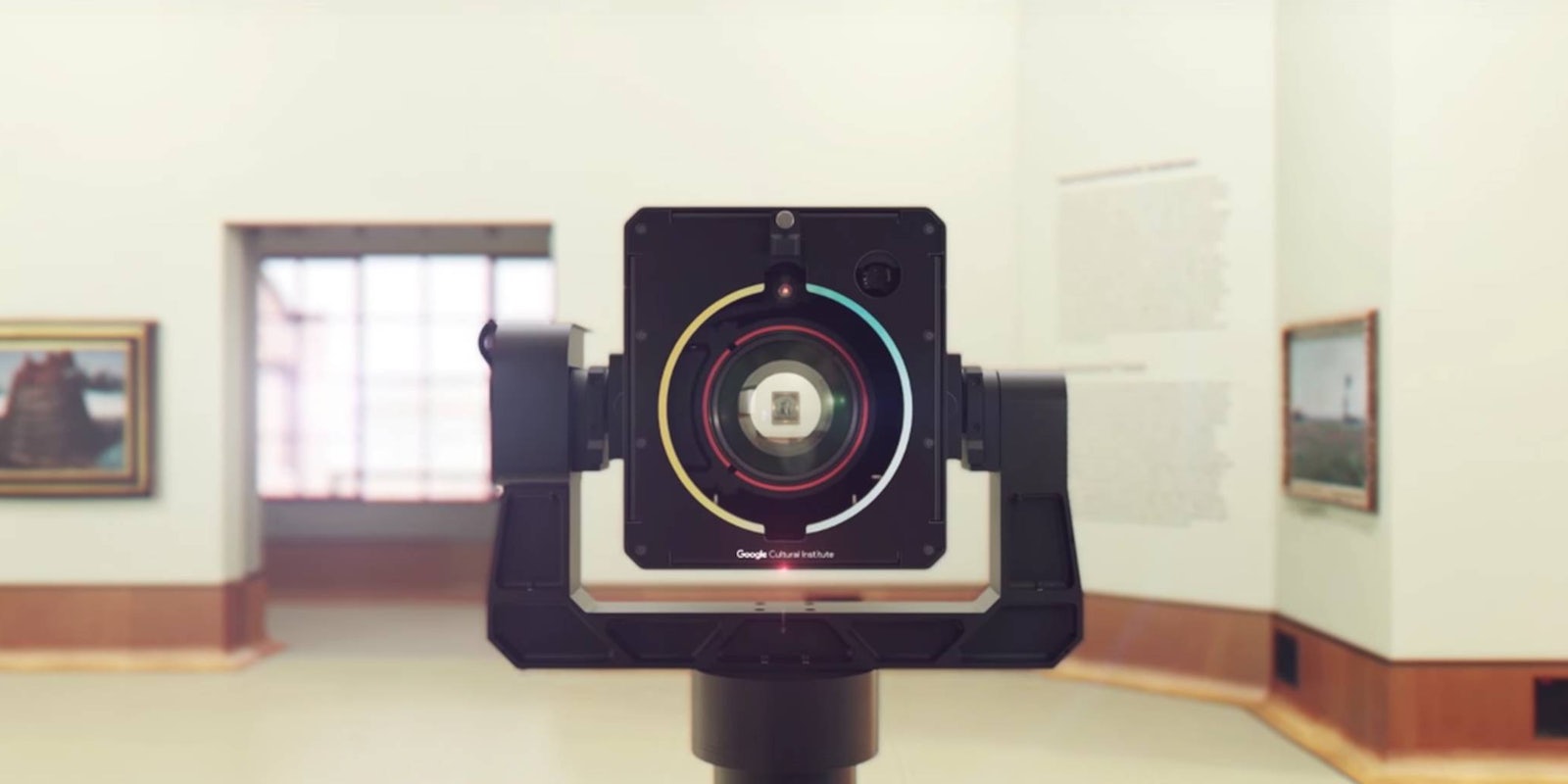Google’s best camera isn’t for selfies. The company has completed work on a speedy, extremely high resolution camera that can preserve the world’s greatest works of art in incredible detail.
The cleverly named Google Art Camera represents a massive advance in the art of digital preservation. The robotic system is capable of capturing gigapixel images that take in every intricate detail on a painting. Every brush stroke is viewable in high resolution.
This isn’t necessarily new; digital art preservation has taken place for some time now. The real breakthrough with Google’s system—aside from the incredible level of detail it can capture—is the speed and ease at which it operates.
Google could capture about 200 pieces of artwork in five years using older methods. With the Art Camera, the company has archived more than 1,000 images in just a few months. The device can cover a one-meter by one-meter canvas in about 30 minutes; previous technology would have required a full day to cover that much canvas.
The system is essentially automatic, with no technician required to operate it. The Art Camera can be placed in front of an image, and it will measure the distance of the artwork using high frequency sonar and laser detection. It scans the painting, focusing on each brush stroke, and takes hundreds of high resolution close-ups that are later stitched together into a single image.
Google will make the Art Camera, of which it’s building 20, available to museums for free so they can create digital archives of their work—and Google can display it on its online Cultural Institute. Some museums have already taken Google up on its offer, and the Culture Institute currently holds artwork from the likes of Vincent Van Gogh, Georgia O’Keeffe, and Claude Monet.
H/T Gizmodo


